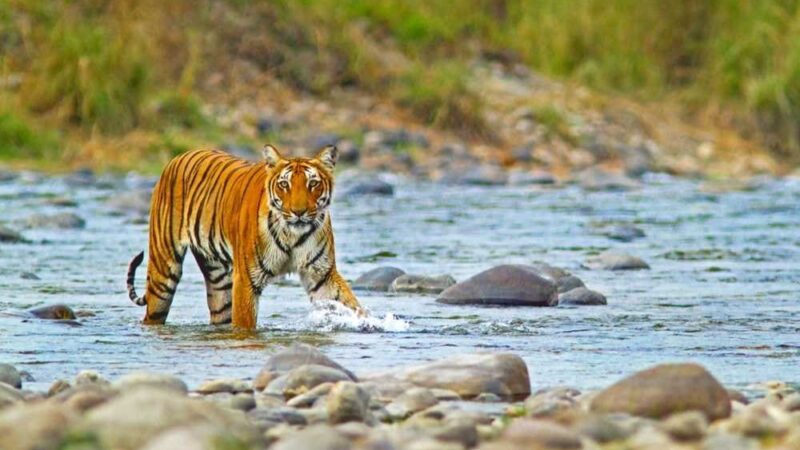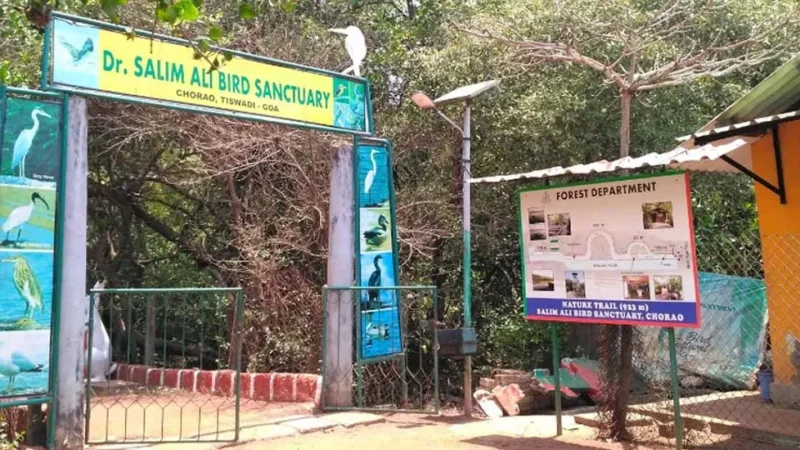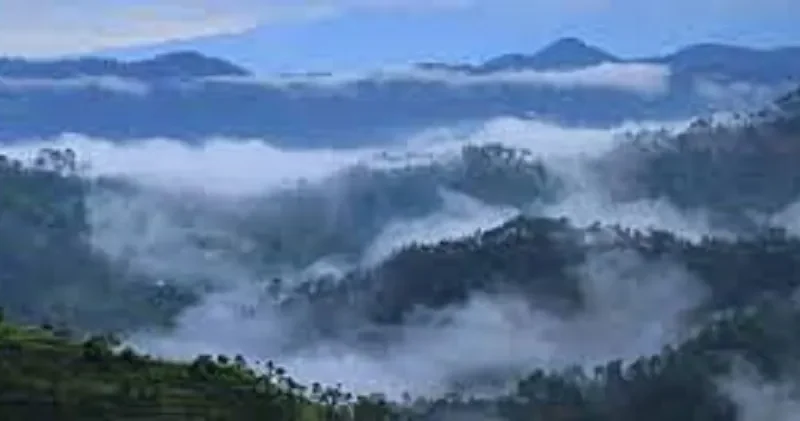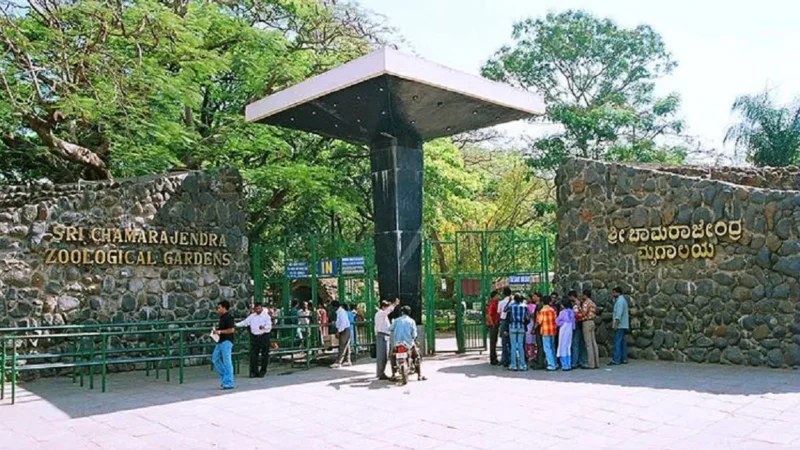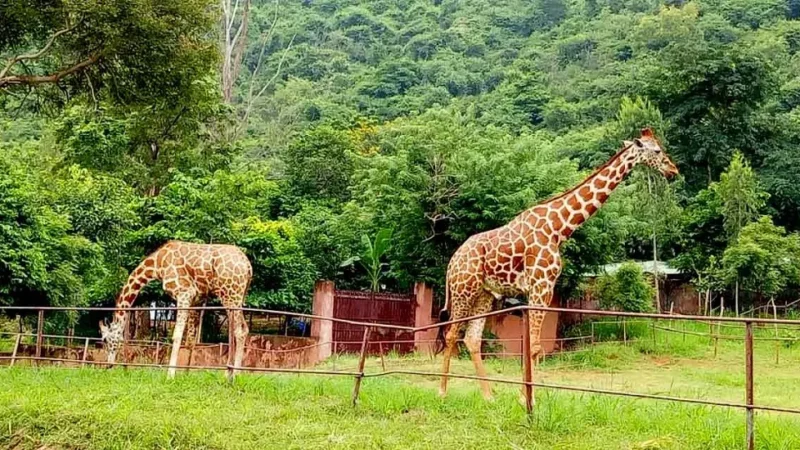Kanha National Park: How to Reach – Flora and Fauna

Table of Contents
ToggleIntroduction- A Little about Kanha National Park
Kanha captivates avid animal and nature enthusiasts with its sal and bamboo woods, Rolling Meadows, and sinuous streams. Kanha National Park, located in Madhya Pradesh’s Maikal Range, is one of the country’s largest reserves and home to the beautiful Royal Bengal Tiger.
In reality, Kanha boasts the most significant tiger population in the state, with roughly 60 big animals wandering around the jungle. Kanha Tiger Reserve, also known as Kanha National Park, is one of India’s many tiger reserves and is the largest National Park in Madhya Pradesh, covering approximately 1,940-square-kilometers.
Discussing a Little about the Background of Kanha National Park
In the 1930s, Kanha was split into two sanctuaries: Hallon (250 km2) and Banjar (300 km2). June 1, 1955, the park came to its first sign. Kanha Tiger Reserve was established in 1973. It is located in the Madhya Pradesh districts of Mandla and Balaghat and spans an area of 940 km2.
The 1,067 km2 buffer zone encircling Kanha National Park and the 110 km2 Phen Sanctuary are combined to form Kanha National Park. As a result, it is known as Central India’s largest National Park. It has also been named one of India’s top ten tourism destinations. The splendor of Kanha National Park inspired British novelist Rudyard Kipling to establish the background of his work Jungle Book.
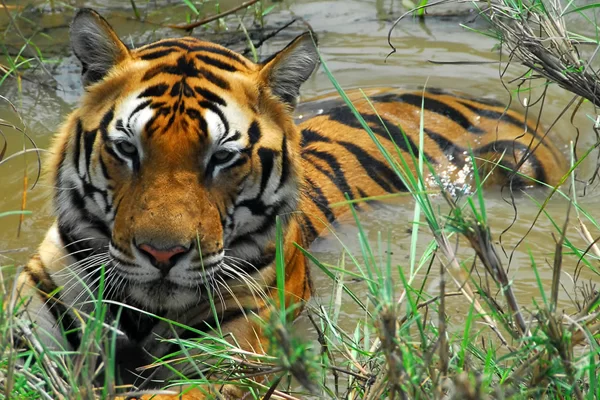
Geography of Kanha National Park
Location:
City – Mandla
State- Madhya Pradesh, India
Districts covered: Mandala and Kalaghat are the two districts that make up the land.
The total area covered: The Kanha Reserve is around 187 kilometers from Pench National Park. The zone now includes 940 km2 and shares the entire into two upper-mentioned districts.
Climate: The climate in Kanha is tropical. Summer temperatures are hot and humid, with a high of 40.6°C and a low of 23.9°C. The weather is good throughout the winter, with temperatures between 23.9°C and 11.1°C. Kanha receives 152 centimeters of rain every year.
Flora and Fauna of Kanha National Park
Flora:
The Park’s lush flora results from the mild temperature. It is home to more than 200 flowering plant species and more than 70 tree species. Kanha National Park’s lowland forests mix Sal, other forest trees, and grasslands. Sal, Lendia, Saja, Tendu, Palas, Mahua, Dhawa, Bija, Achar, Aonla, and Bamboo are among the most common floras found in KanhaReserve. Climbers of many species, such as forbs and grass, can also be found here. Kanha National Park is known for its vividness in nature as a whole.

Fauna:
Kanha is home to 43 different animal species. The tiger is a tertiary carnivore and an indicator species. Since cubs are not taken into consideration, the current population of this apex predator is one hundred adults. Leopards, wild dogs, and jackals thrive in the forests, as do herbivores such as gaur, barasingha, sambar, chital, barking deer, wild boar, and Nilgai.
Hyenas and wolves, for example, have grown increasingly infrequent in recent years. The park is home to twenty-six reptile species, four of which are toxic. The Russel’s Viper, Common Cobra, Krait, and Saw Scaled Viper are all snakes. Rat snakes, pythons, chequered keelbacks, egg-eating snakes, grass snakes, bronze tree snakes, and wolf snakes were also discovered. Completing the list is quite challenging.

The most beautiful period to roam around Kanha National Park
Kanha’s temperature changes throughout the year. In the summer, it reaches its apex; however, in the winter, it can be rather frigid. Kanha National Park is open to tourists from October 16 to June 30, making these months the optimum time to explore Kanha National Park.
During the summer, the maximum temperature at Kanha National Park can reach 45 degrees. Apart from that, even during the monsoon season, the weather is pleasant. However, during the monsoon season, Kanha National Park is closed to visitors for three months. The temperature in Kanha National Park drops to -2 degrees in the winter.
Safari Options at Kanha National Park
Elephant Safari
An elephant safari provided by the forest department can be enjoyed as a one-hour ride or as a half-day excursion (4 hours). The elephants’ main job is to patrol the park, but they also help with conservation. You must make your reservation when you arrive.
Jeep Safari
Jeep safaris are the most acceptable way to see Kanha National Park’s diverse species and forests. Safaris with wildlife experts are available twice daily, in the early morning and late afternoon. It will be organized in an open 4×4 Suzuki jeep with specially modified front-facing and higher seats to provide an enhanced safari experience. The jeep safari in Kanha is available from sunrise to 11:00 a.m. and from late afternoon to sunset. The park is only open after daybreak and closes before dusk.
Cycling to witness different bird species
Bird-watching excursions along the lovely trail that runs between the park’s forests. The forest lodge’s naturalists can organize cycling upon request. Visitors can see the park’s lakes, Gond tribal dwellings, and the Banjaar River during the expedition.
How to Reach Kanha National Forest
Kanha National Park is located in the central Indian state of Madhya Pradesh, in the districts of Mandla and Balaghat. Kanha National Park is well connected by air, road, and train from most regions of India. Mukki’s entrance gate is well accessible from Jabalpur, Raipur, and Nagpur. Khatia entrance gate is well connected between Jabalpur and Nagpur.
Communication by airways:
Kanha National Park is easily accessible by air from all of the world’s major cities. Jabalpur (160 km), Raipur (250 km), and Nagpur are the closest airports to the park (300 Km).
Communication by railways:
The nearest railway stations to Kanha National Park are Gondia and Jabalpur. Kanha is 145 kilometers from Gondia Railway Station, which takes 3 hours to reach. Jabalpur Railway Station is 160 kilometers from Kanha and takes 4 hours to arrive.
Communication by roadways:
The routes of Kanha National Park are well connected. It connects Madhya Pradesh, Chhattisgarh, and Maharashtra’s largest cities. Public and private buses run to and from neighboring cities in the town.
The Bottom Line
The terrifying howl continued to reverberate across the jungle. Then the tiger appeared, a captivating figure. Kanha – Land of the Tiger is the only place in the world where you may witness this fascinating spectacle. In conclusion, we must say that every enthusiastic person in this world must visit Kanha.

